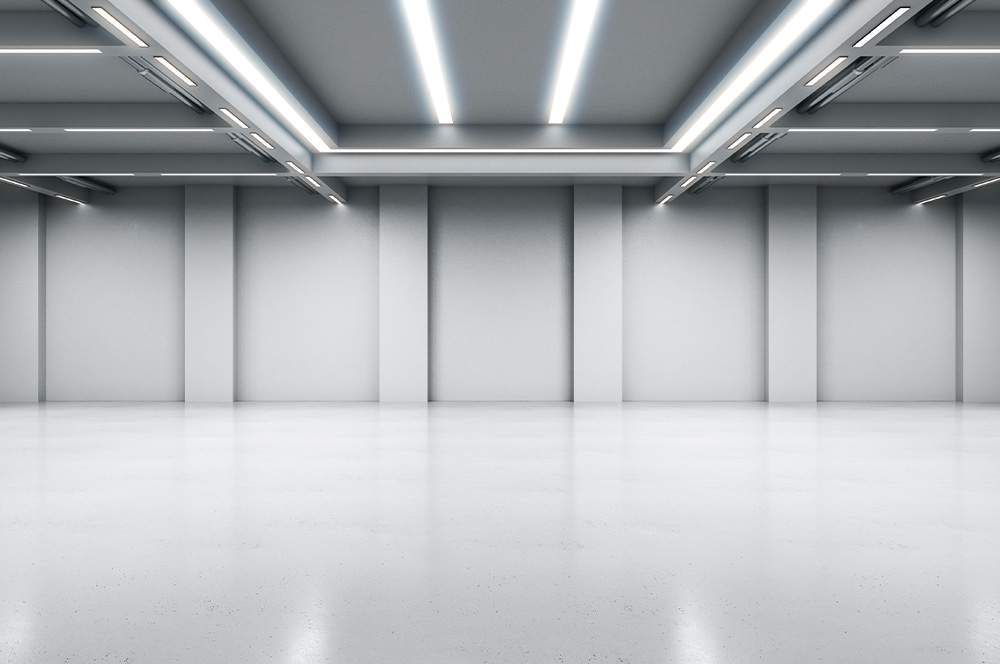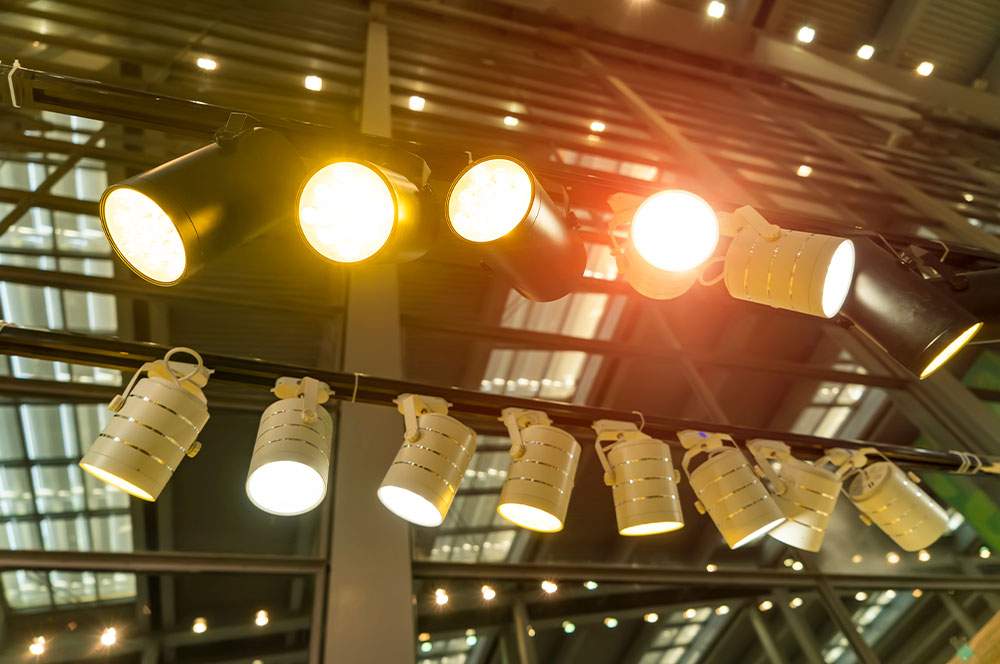6 Benefits of Industrial LED Lighting

Lighting is one of the crucial elements when talking about a highly efficient work environment. Although it might seem trivial, industrial lighting has been proven to greatly influence your employees’ quality of work, efficiency, and overall health. Besides, workers in the aforementioned industrial sector are usually expected to work longer hours with lots of overtime. Also, big industrial spaces need more energy to run longer than most regular business facilities. Luckily, the invention of LED (light-emitting diodes) allowed the possibility of reducing electricity usage. It’s one of the main reasons why you should switch to LED lights. If you aren’t sure whether industrial LED lighting is the right option for you, make sure to read about the most important benefits of industrial LED lighting in the following article.
What Is LED Lighting?
LED lighting represents one of the latest developments in the lighting industry. Led actually stands for light-emitting diode since LED is a semiconductor device that generates light through a process also called electroluminescence.
1. Overall Cost
Although the investment of installing industrial LED lighting might seem expensive, in the long run, it is way more affordable than choosing conventional lighting. Besides, when talking about efficiency, there are lots of benefits of using LED lights for business. LED lighting is almost unbeatable since it produces the same absolute amount of energy and brightness for way lower power consumption. Once you switch to LED lights, you’ll see that you will be paying a lower amount of money for utilities. Remember not to be put off by prices since LED is more expensive to buy. However, it offers way bigger savings in the long run, which will soon be a fraction of your regular utilities so far. So, when talking about the overall cost, LED lighting is our top choice.

2. Maintenance
Since LED lighting has a longer operational life, making them a very low-maintenance lighting option. Why? Factory operators can cut a lot of time spent replacing bulbs when it comes to commercial applications. This takes more time than the ones installed for numerous residential purposes. Also, you won’t need to think about other labor costs of installation and replacement. Additionally, LEDs are way more breakage-resistant than conventional bulbs. Since light bulbs were typically enclosed in quartz or glass, they were more prone to breakage or damage. On the other hand, LED light bulbs do not have glass enclosures and filaments. Furthermore, LED lights are specially designed to exhibit high immunity against impact and vibration.
3. Life Span
Since LEDs do not burn out, unlike conventional types of lighting, it is evident that the lifespan is way longer. They even merely get any kind of dimmer as time passes. For LED lights that are very high in quality, the lifespan is usually from 25000 to 50000 hours. Besides, these lights can go way longer, depending on the specific type of fixture. To help you understand, we’ll compare LED lights to compact fluorescent light bulbs that can last up to a maximum of usually 10000 hours. Furthermore, conventional incandescent light bulbs have a minimal lifespan of only 1000 hours. So, you can see that LED lights are the best possible option, especially when talking about industrial LED lighting.

4. Efficiency
One more of the benefits of industrial LED lighting is its energy efficiency. To help you understand, you can even measure the energy efficiency of a specific lighting source in so-called useful lumens, which actually describe the exact amount of lighting that the device emits for each given unit of power, or watt (that the bulb uses). A couple of decades ago, people measured light by how many lumens can a light source produce. In reality, some of these lumens will surely go to waste. In comparison, LED lighting produces less waste light meaning more useful lumens than other lighting technologies.
If you, for instance, replace all the lighting in your school, office, or other facilities with LEDs, you will see around 70 percent improvement in your overall energy efficiency, while in some cases, the improvement can go up to 90 percent. These improvements are in direct correlation with the amount of money you will have to spend on utilities related to installation, usage, and maintenance of lighting.
5. Environment Friendly
It is becoming significantly important that the power usage is environment-friendly, meaning that customers value companies that accentuate environment-friendly options and use environment-friendly light sources. While traditional lighting sources, like mercury vapor lights and fluorescent lighting, mostly use mercury internally as part of their construction, this is not the case with LED lighting. When the traditional lighting sources reach the absolute end of their lifespan, they will require very special handling, meaning you won’t have to worry about any of these issues if you choose to go for industrial LED lighting. In light of climate change, pollution, and resource crisis, this is of the top benefits of industrial LED lighting.

6. Flexibility
Their design flexibility is quite obvious since LEDs are exquisitely small, which means they can be used in any application. These LED devices can be so small that you can easily use them to illuminate almost anything you think of. In conclusion, LED lights are probably the most flexible lighting source out there.
Hire Professionals
Whether you’re thinking about getting indoor or outdoor LED planning, design services, and installation projects, you’d want to hire a professional LED lighting company Cincinnati with the most modern technology and a good reputation. Keep in mind that there are numerous shady companies posing as reputable firms. So, make sure to hire a professional LED Light House company that will present you with a layout and a plan before any projects start.